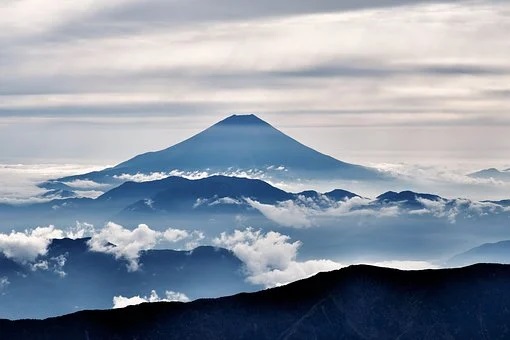The generation stage of Vajrayana is a specific practice for the training of pure perception. Via the generation stage, even ordinary beings don’t have to wait too long to achieve accomplishment. Upon reaching the highest state, one sees everything around as nothing but manifestations of the buddha; nothing is defiled. This is where even ordinary beings who have not attained the first bhumi of the bodhisattva path can successfully reach. So, in terms of purification of phenomena, tantra has swift methods of its own.
~Depicted from GATEWAY TO VAJRAYANA PATH - Sutra and Tantra: Similarities and Differences--based on the view of Rongzom Pandita











